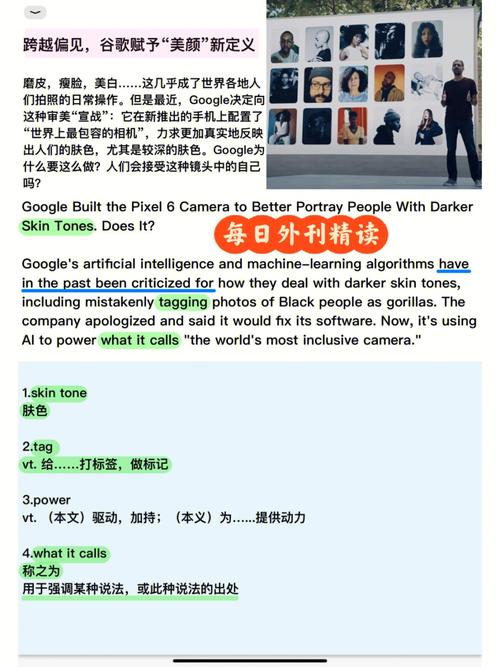Understanding Skin Tone Hex Codes: A Comprehensive Guide
Have you ever wondered how skin tone is represented in digital formats? Skin tone hex codes are a crucial aspect of web design, photography, and digital media. In this article, we will delve into the intricacies of skin tone hex codes, exploring their significance, usage, and the importance of accuracy in representation.
What are Skin Tone Hex Codes?
Skin tone hex codes are hexadecimal color codes that represent the color of human skin. These codes are used to ensure that digital content is inclusive and represents a diverse range of skin tones accurately. Hex codes are a standardized way of representing colors in web design, making them an essential tool for creating visually appealing and inclusive content.

Hex codes consist of six characters, each representing a specific color component. The first two characters represent the red component, the next two characters represent the green component, and the last two characters represent the blue component. For example, the hex code FFFFFF represents white, while 000000 represents black.
Why are Skin Tone Hex Codes Important?
Accurate representation of skin tones is crucial for several reasons. Firstly, it promotes inclusivity and diversity in digital media. By using appropriate skin tone hex codes, designers and developers can ensure that their content is accessible to people of all skin tones, fostering a more inclusive online environment.
Secondly, accurate skin tone representation is essential for ethical and responsible web design. Misrepresenting skin tones can lead to stereotypes, discrimination, and a lack of representation. By using accurate hex codes, designers can avoid perpetuating harmful stereotypes and contribute to a more equitable digital landscape.
Lastly, skin tone hex codes play a significant role in photography and digital media. Accurate representation of skin tones can enhance the overall aesthetic appeal of images and videos, making them more engaging and visually pleasing.

How to Choose the Right Skin Tone Hex Code
Selecting the appropriate skin tone hex code requires careful consideration. Here are some factors to keep in mind:
-
Understand the different skin tone ranges: Skin tones vary widely, from very light to very dark. Familiarize yourself with the various skin tone ranges to ensure you choose the most accurate hex code.
-
Consider the context: The appropriate skin tone hex code may vary depending on the context in which it is used. For example, a lighter skin tone may be more suitable for a portrait, while a darker skin tone may be better for a background.
-
Use color palettes and tools: There are numerous online resources and tools available to help you find the perfect skin tone hex code. These resources often provide a wide range of options and allow you to preview the color in different contexts.
Common Skin Tone Hex Codes
Here is a table showcasing some common skin tone hex codes:
| Hex Code | Color |
|---|---|
| F2D7D5 | Light Beige |
| FFDAB9 | Light Peach |
| F5F5DC | Beige |
| FFFAF0 | Light Yellow |
| F0E68C | Khaki |
| FFD700 | Gold |
| D2B48C | Tan |
| A0522D | Brown |
| 8B4513 | Saddle Brown |
| A52A2A | Dark Red Brown |
| FF8C00 | Dark Orange |
| FFA500 | Orange |




